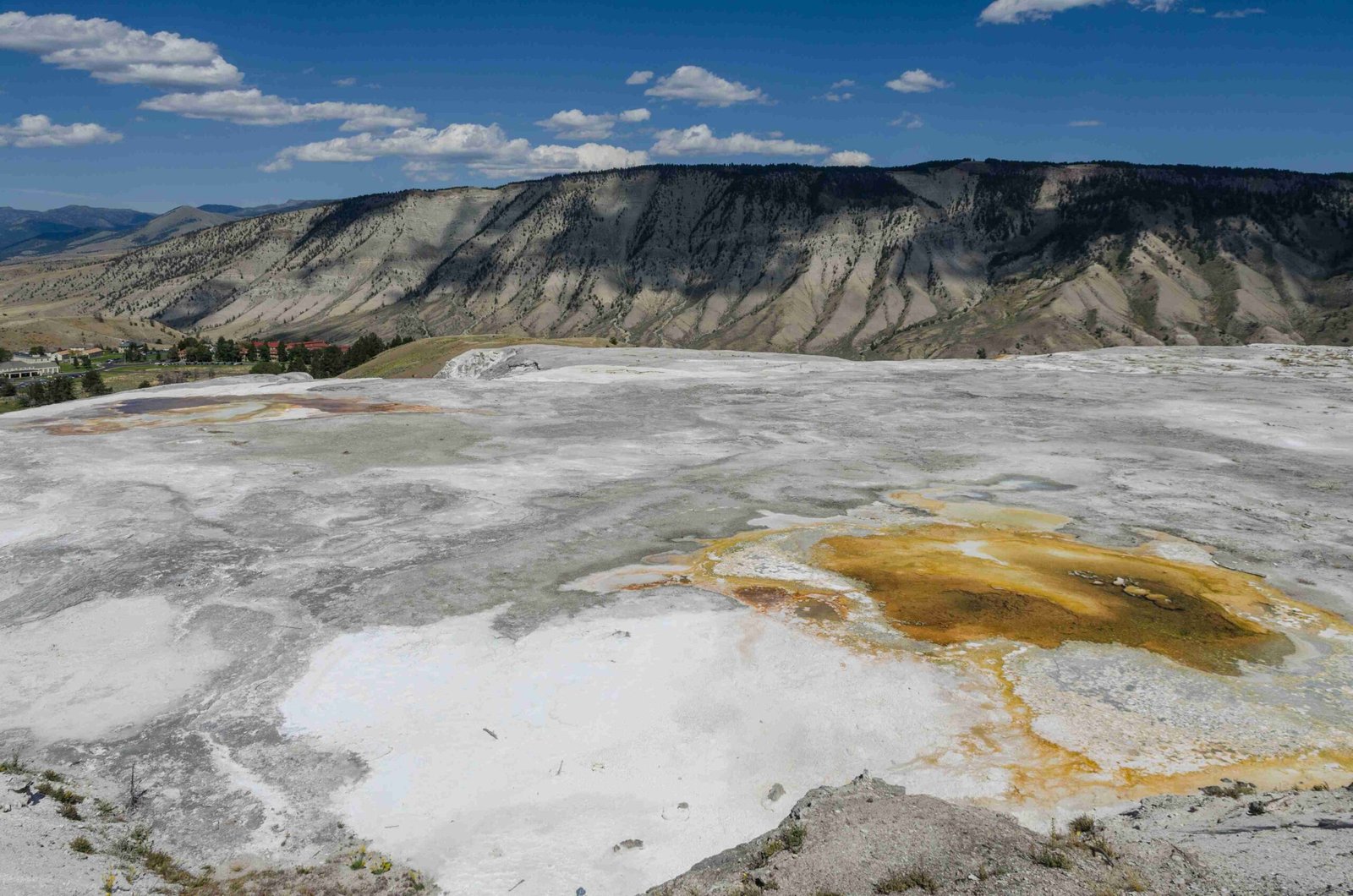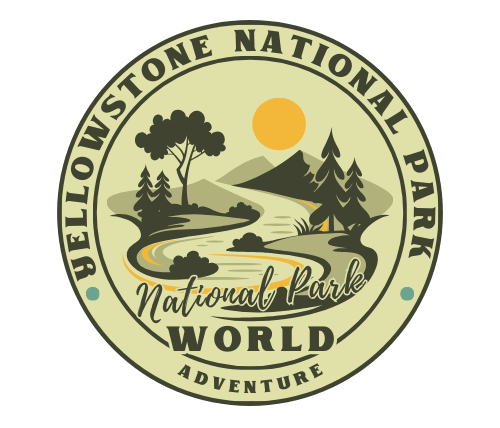The end of season for Yellowstone National Park marks a transition from bustling summer crowds to a quieter, more serene experience. This period, typically from late September to mid-October, offers unique opportunities for wildlife viewing, fall foliage appreciation, and enjoying the park’s natural wonders with fewer visitors. As temperatures cool and animals prepare for winter, the park transforms, providing a different but equally captivating experience for those who venture during this time.
What Characterizes the End of Season in Yellowstone?

The end of season in Yellowstone National Park is characterized by:
- Cooler temperatures
- Changing foliage
- Reduced visitor numbers
- Wildlife preparing for winter
- Closure of some facilities
This period offers a unique blend of natural beauty and tranquility, making it an ideal time for those seeking a more intimate experience with the park’s wonders.
When Exactly Does the End of Season Occur?

The end of season for Yellowstone National Park typically begins in late September and extends through mid-October. However, the exact timing can vary based on weather conditions and park management decisions. Here’s a general timeline:
- Late September: Summer crowds begin to thin
- Early October: Fall colors peak in many areas
- Mid-October: Some facilities start to close
- Late October: Winter preparations begin in earnest
It’s important to note that weather can be unpredictable during this time, with the possibility of early snowfall in higher elevations.
What Wildlife Can Be Observed During the End of Season?
The end of season offers exceptional wildlife viewing opportunities in Yellowstone. Here’s a list of animals you might encounter:
- Elk (during the rut)
- Bison
- Grizzly and black bears
- Wolves
- Moose
- Pronghorn
- Bighorn sheep
- Various bird species
| Animal | Best Viewing Locations | Behavior to Watch For |
|---|---|---|
| Elk | Mammoth Hot Springs, Madison River | Bugling, mating rituals |
| Bison | Lamar and Hayden Valleys | Grazing, occasional sparring |
| Bears | Tower-Roosevelt, Mammoth Hot Springs | Foraging for food |
| Wolves | Lamar Valley | Hunting, pack activities |
| Moose | Marshy areas, lake shores | Mating behavior |
How Does the Weather Change During This Period?
The end of season for Yellowstone National Park brings significant weather changes:
- Daytime temperatures: Generally range from 50°F to 60°F (10°C to 15°C)
- Nighttime temperatures: Can drop below freezing
- Precipitation: Increased chance of rain and snow, especially at higher elevations
- Wind: More frequent and stronger winds as winter approaches
It’s crucial to be prepared for rapid weather changes and potential snowstorms, particularly in late October.
What Are the Advantages of Visiting During the End of Season?
Visiting Yellowstone during the end of season offers several benefits:
- Fewer crowds
- Better wildlife viewing opportunities
- Beautiful fall colors
- More comfortable temperatures for hiking
- Potential for unique photography opportunities
- Easier access to popular attractions
- More peaceful and serene atmosphere
These advantages make it an attractive time for those seeking a more intimate experience with the park’s natural wonders.
Which Park Facilities Remain Open?
While some facilities begin to close as the end of season approaches, many remain open:
- Visitor Centers: Most remain open, but hours may be reduced
- Campgrounds: Some close, while others remain open with limited services
- Lodges: Many close by mid-October, but a few remain open year-round
- Roads: Most remain open until early November, weather permitting
- Trails: Generally open, but some high-elevation trails may close due to snow
It’s essential to check the park’s official website for the most up-to-date information on facility closures and openings.
What Activities Are Available During the End of Season?
Despite some closures, there are still plenty of activities to enjoy:
- Wildlife watching
- Hiking and backpacking
- Photography
- Fishing (until early November)
- Scenic drives
- Ranger-led programs (limited schedule)
- Stargazing
- Hot spring viewing
Many visitors find that the reduced crowds enhance these activities, allowing for a more immersive experience.
How Should Visitors Prepare for an End of Season Trip?
Preparing for an end of season visit to Yellowstone requires careful planning:
- Pack layers of warm clothing
- Bring waterproof and insulated boots
- Carry bear spray and know how to use it
- Check road conditions and closures regularly
- Book accommodations in advance
- Bring binoculars for wildlife viewing
- Carry extra food and water in case of unexpected weather
- Be prepared for limited services and facilities
By being well-prepared, visitors can ensure a safe and enjoyable experience during this unique time in Yellowstone.
What Are the Challenges of Visiting During the End of Season?
While the end of season offers many benefits, it also presents some challenges:
- Unpredictable weather
- Limited accommodations within the park
- Reduced dining options
- Potential road closures due to snow
- Shorter daylight hours
- Some wildlife becoming less active as they prepare for winter
- Fewer ranger-led programs
Despite these challenges, many visitors find that the unique experiences offered during this time more than compensate for any inconveniences.
The end of season for Yellowstone National Park provides a distinctive and rewarding experience for those willing to brave the cooler temperatures and potential weather changes. With proper preparation and an adventurous spirit, visitors can enjoy the park’s natural beauty, abundant wildlife, and serene atmosphere in ways not possible during the busy summer months.
References:
1. https://wildlandtrekking.com/yellowstone-visitor-guide/visiting-yellowstone-in-september/
2. https://www.travel4wildlife.com/yellowstone-in-the-fall/
3. https://blog.bozemancvb.com/blog/yellowstone-wildlife-in-the-fall/
